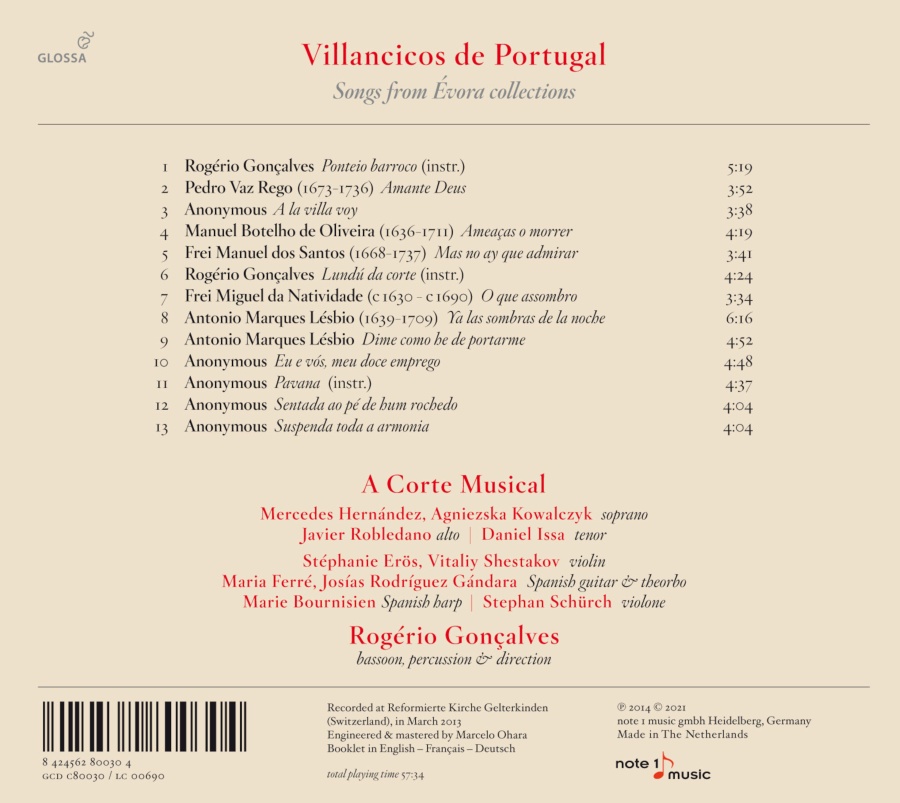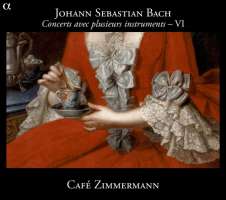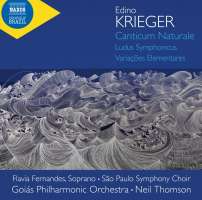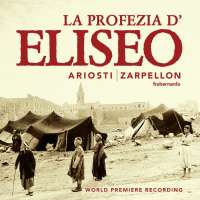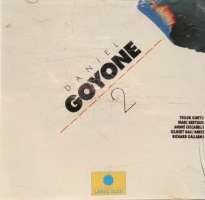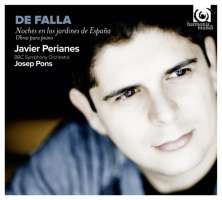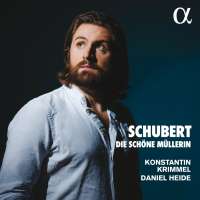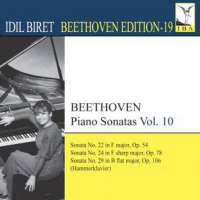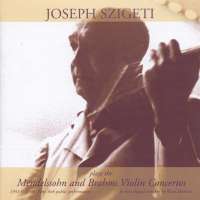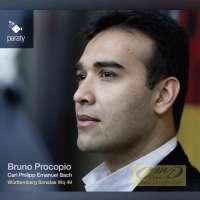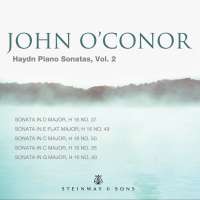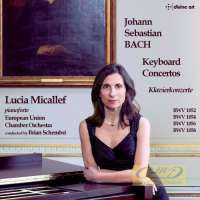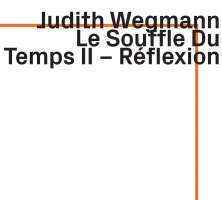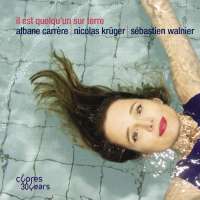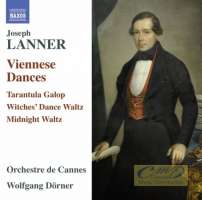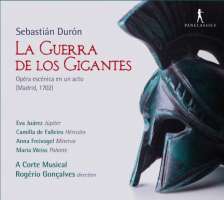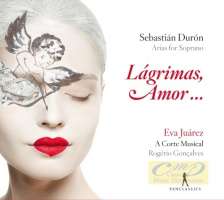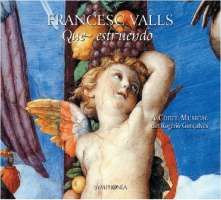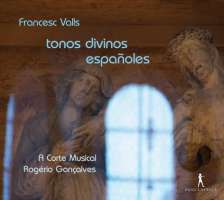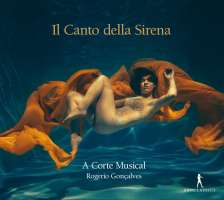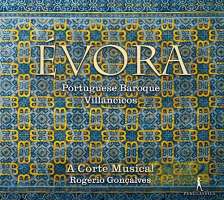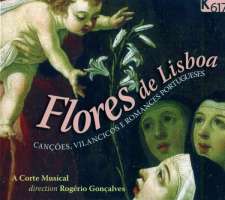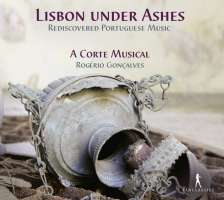
tytuł
Villancicos de Portugal
wykonawcy
A Corte Musical;
Goncalves, Rogério
Goncalves, Rogério
nr katalogowy
GCD C80030
opis
In the 16th and 17th centuries, the city of Évora was one of the most important centre of Portuguese polyphony. The so-called "Portuguese school" developed at the city's Gothic cathedral, from which many important musicians emerged who also worked in Spain and in the colonies of the New World. The cathedral archives, which contain numerous musical treasures, bear eloquent witness to this. Rogerio Gonçalves and A Corte Musical have recorded a selection of sacred and secular villancicos from this source on CD. A colourful instrumental accompaniment, including Spanish harp and guitar, strings and percussion, forms the foundation on which the four singers present this stirring music. The Villancico was originally a polyphonic Spanish song with a secular subject, but it was soon adopted into the Christian liturgy and frequently used on high feasts or other religious holidays. The Évora archives contain villancicos with Spanish but also with Portuguese texts, which is a rarity. The alternation between vocal and instrumental music and the contrast between secular and sacred works shows very well the cultural versatility, individuality and expressivity of Portuguese music of the (early) Baroque.
nośnik
CD
gatunek
Muzyka klasyczna
producent
Glossa
data wydania
02-09-2021
EAN / kod kreskowy
8424562800304

(Produkt nie został jeszcze oceniony)
cena 45,00 zł
lubProdukt na zamówienie
Wysyłka ustalana indywidualnie.
Darmowa wysyłka dla zamówień powyżej 300 zł!
Darmowy kurier dla zamówień powyżej 500 zł!
sprawdź koszty wysyłki